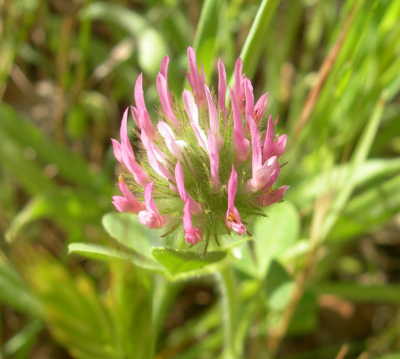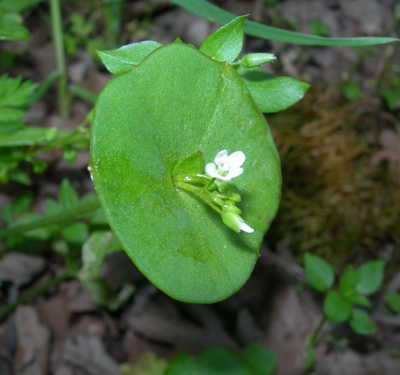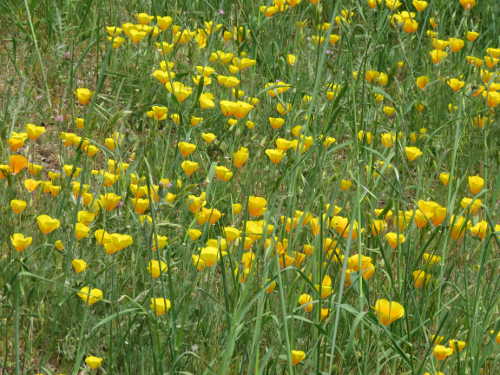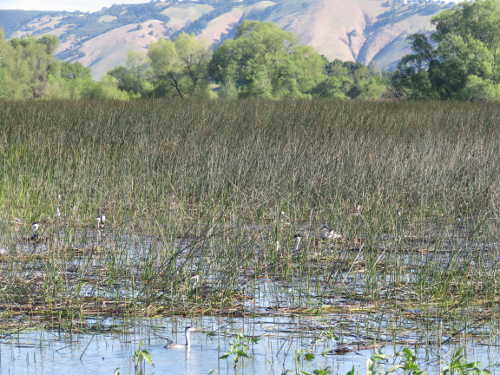
LAKE COUNTY, Calif. – The story of the people of Lake County spans more than 14,000 years.
Lake County's varied landscapes made for abundant and affluent lifeways for Lake County's American Indians – the Pomo, Miwok, Patwin, Yuki and Wappo Indians.
Then, they found and utilized plentiful foods while hunting and harvesting, to store and cook.
The Indians here carefully managed the landscapes of their homelands in order to collect what they needed for their homes, tools, clothing, medicine and fuel.
Before Euro-Americans arrived and put a halt to the local natives’ control burns, and then drained many of the wetlands which gave Indians supplies of water and water fowl, the Indians here, in what is now Lake County, were able to gather a wide variety of wild plants for many purposes.

One important food was the nut of the bay laurel tree, or pepperwood as it is sometimes called. Bay leaves have been useful, too, for aiding headaches, and the leaves made into a concoction to ease the pain of rheumatism.
According to the book, "Plants used by the Indians of Mendocino County, California" by V.K. Chesnut, the bay tree nuts were enjoyed by most.
A group harvested three to four bushels in one year. The nuts were peeled, dried and ground as a sort of condiment.
The bay nuts hold starches and fats, and were also pounded and prepared to use as a sort of bread. Once dried, the nuts could be consumed throughout the long winter.
Pioneers utilized the leaves as an insecticide to rid themselves and their homes of fleas and bugs. Deer and squirrel also feed from the nut or as it is called, the fruit of the bay tree.
Succulent, green Indian or miner's lettuce, with its round leaf and delicate central rosette, were found throughout spring under oak canopies, and were also consumed. The lettuce was eaten both raw or cooked. It took on the moniker “miner's lettuce" when California gold miners ate it to keep scurvy at bay.
Certain types of clover were also consumed in the springtime. Clover, called so by Pomo Indians, ranged in color from deep red to nearly white, and was found then, as now, in meadows and open woods.

Some clovers we now see were introduced to California by Europeans. This seasonal fare was relished for its nutritional and purifying aspects. When the time of clover dawned, it was time to give thanks and celebrate spring with clover games and chants.
California poppies grew in abundance from May to October. Now our state flower, the roots were once used to ease the pain of a toothache.
There were many other uses such as grinding the seed pods to apply to a mother to halt lactation, to aid in stomach ache and headaches as well.
Tule, the tall and once prolific reed that ringed Clear Lake to filter and clean its waters, was favored by Lake County's Indians for a variety of reasons.
The reeds were managed so as to ensure their future growth to build their boats, huts and mats.
In June and July the tule tubers or bulbs were peeled and consumed raw.
Kathleen Scavone, M.A., is a retired educator, potter, writer and author of “Anderson Marsh State Historic Park: A Walking History, Prehistory, Flora, and Fauna Tour of a California State Park” and “Native Americans of Lake County.” She also formerly wrote for NASA and JPL as one of their “Solar System Ambassadors.” She was selected “Lake County Teacher of the Year, 1998-99” by the Lake County Office of Education, and chosen as one of 10 state finalists the same year by the California Department of Education.


 How to resolve AdBlock issue?
How to resolve AdBlock issue? 



